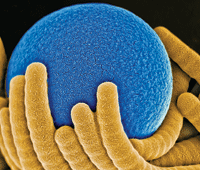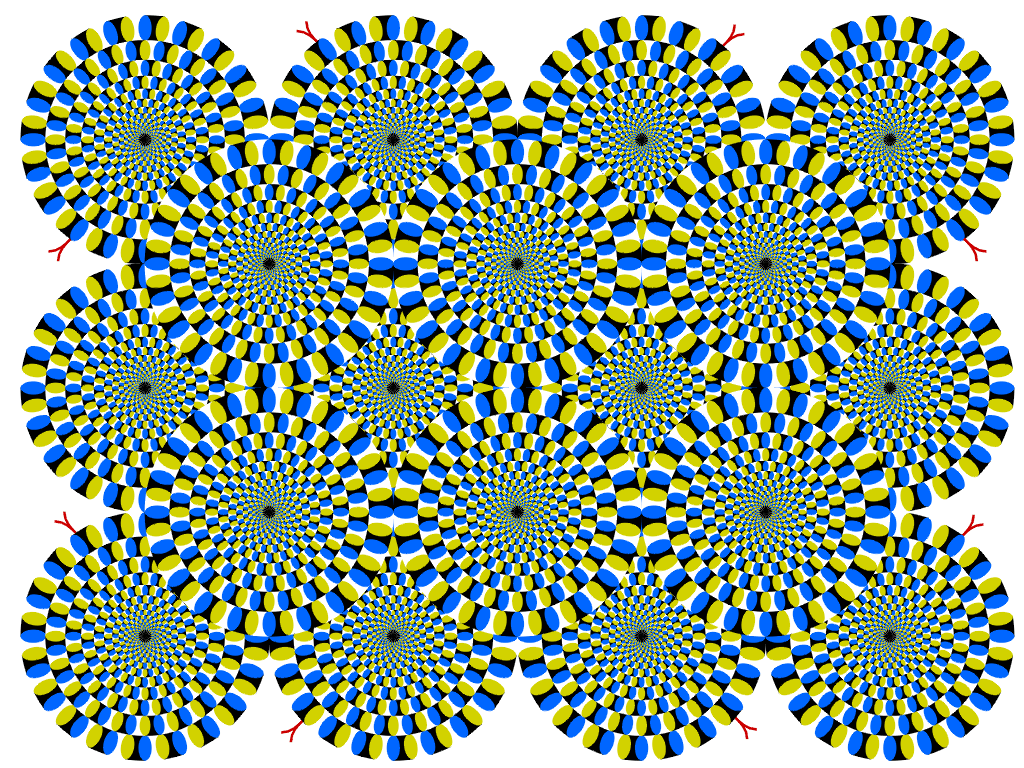
Conjoint Analysis is a market research and psychological research technique, developed by Paul Green of U of Pennsylvania. It quantitatively ranks a series of customer choices. At work today, we saw the results of a global market survey, and I could not help wondering how they did the statistics.
If you are thinking, conjoint analysis must be somekind of multiple regression -- well that was exactly what I was thinking.
The difficult part is extracting a rank ordering from the questionnaire used. There are different ways to arrive at a numerically rank associated with each possible customer choice. Some involve numerical values and some techniques use binary choices. Either way, one can view the whole characteristic space as a full factorial design with an associated point value.
If you are working with conjoint analysis, make sure the mapping from the questions to the numerical value is done sensibly. Apparently this is often a source or error and confusion.
Once you do make a full table of options and scores, it is just a multiple regression to optimize the design and extract the coefficients which represent the customer preferences. Of course when multi-valued characteristics are used, then dummy variables need to be introduced.




















